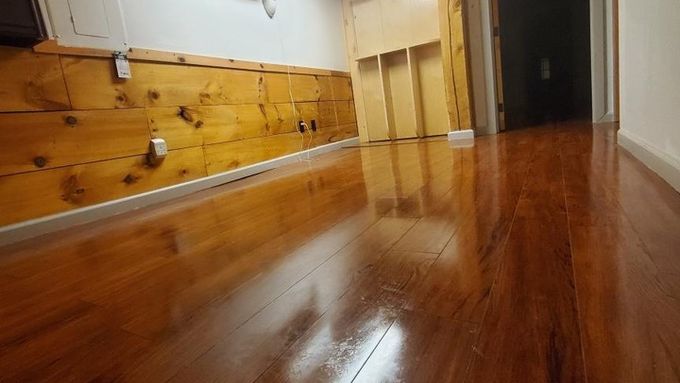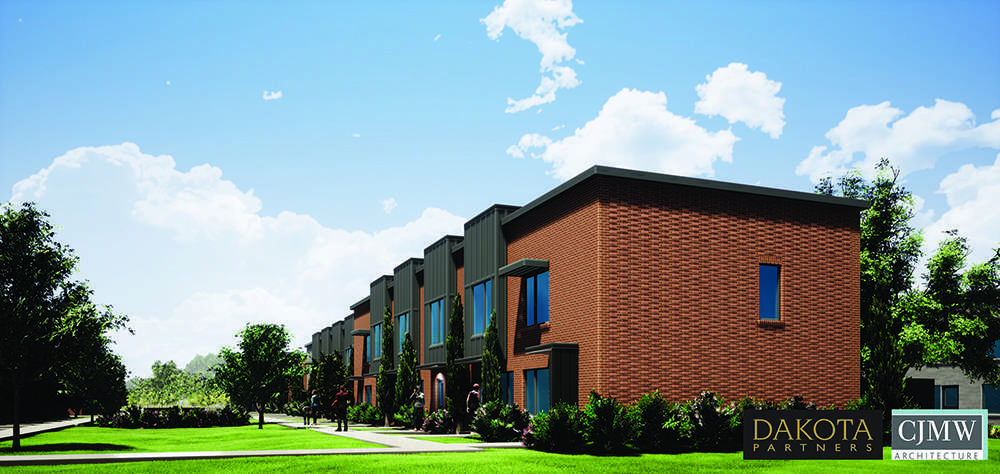The COVID-19 pandemic significantly impacted the student housing industry, resulting in lower demand and occupancy rates. However, positive trends are emerging as the world recovers from the pandemic, such as high pre-lease occupancy rates and strong rent growth. These trends have implications for the student housing market and its investors.
Pre-Lease Occupancy Rates
According to RealPage Market Analytics, April 2022 had the highest pre-lease occupancy rate ever recorded for that month, with a rate of 70.9%. This represents a year-over-year increase of almost 12% and is more than 500 basis points higher than the 10-year average for April.

What is driving this increase in pre-lease occupancy rates?
First, the widespread availability of COVID-19 vaccines has created a sense of optimism and safety for students returning to college in the fall. Second, remote learning is still an option for many students, providing flexibility in housing decisions. Finally, universities have generally been successful in managing the pandemic, further encouraging students to return to campuses in the fall.
Distance Niches
All three distance niches (<0.5 mile from campus, 0.5 to 1 mile, and >1 mile) have seen significant year-over-year improvements, with properties closest to campus leading the way with a 13.9% increase. This indicates that the student housing market is rebounding following the pandemic, which is good news for both students and investors.

Will properties farther away from campus be less in demand in the future?
No, all three distance niches have seen significant improvements, suggesting that students are interested in living near and far from campus depending on their individual needs and preferences. Additionally, some students may be transitioning from off-campus to on-campus housing due to financial considerations, which could drive demand for units farther away from campus.
Rent Growth

Rent growth has also seen significant improvement, exceeding 5.5% among the RealPage 175 core set of campuses. This is largely due to increased demand for student housing as students return to college for the fall semester and improved occupancy rates. Universities are also providing a variety of incentives and discounts to attract students, further driving up the cost of additional units.
Geographic Trends
The positive trends in the student housing market are being felt across the country, with more than 30 campuses seeing pre-lease velocity increase by over 20% year-over-year. The west coast, major campuses in Arizona, Colorado, and urban-centric areas like Ohio State University and the University of Texas at Austin have seen the most significant improvements.
Conclusion
In conclusion, the student housing industry is experiencing significant positive trends, with high pre-lease occupancy rates and strong rent growth indicating widespread demand improvement. As the world continues to recover from the pandemic, it appears that students are once again seeking the campus experience and associated housing options.
While questions remain about the sustainability and future trajectory of these trends, the industry must continue adapting to changing circumstances to thrive in the years ahead.





